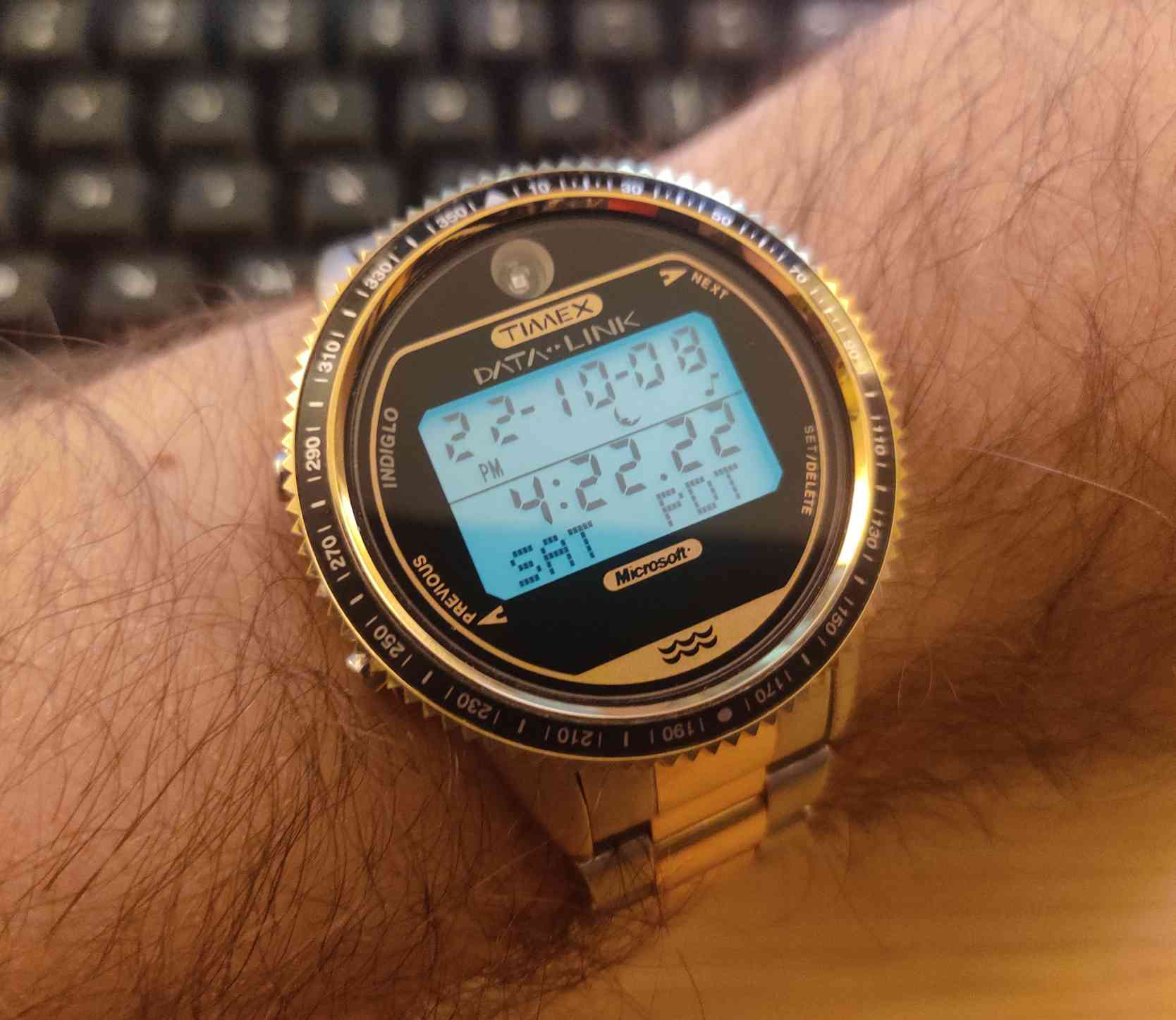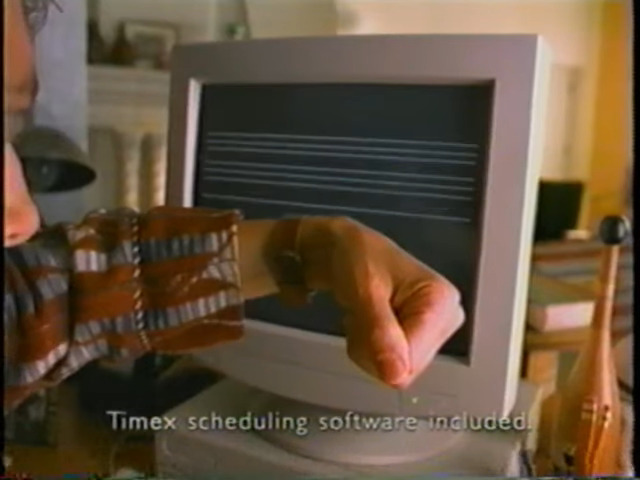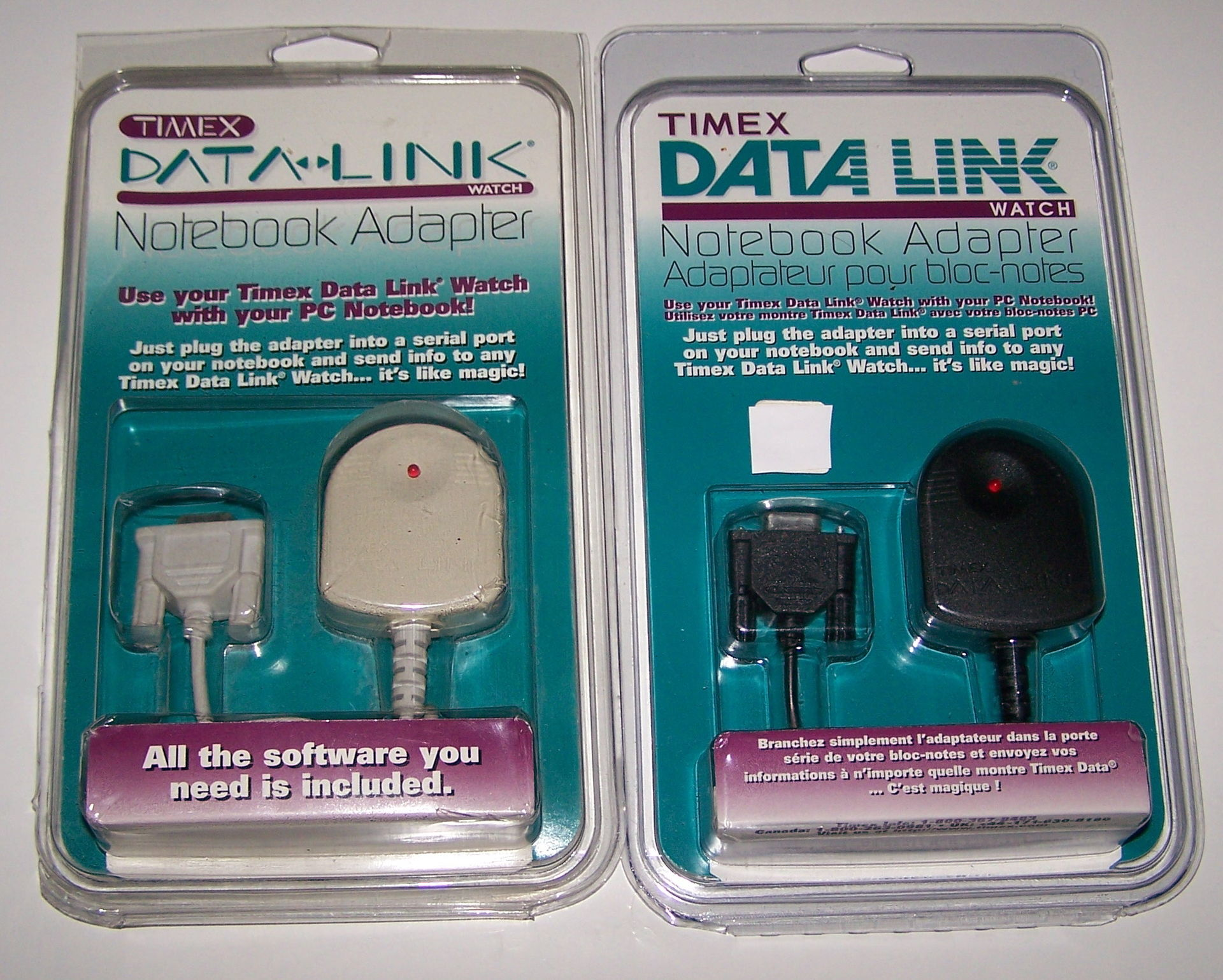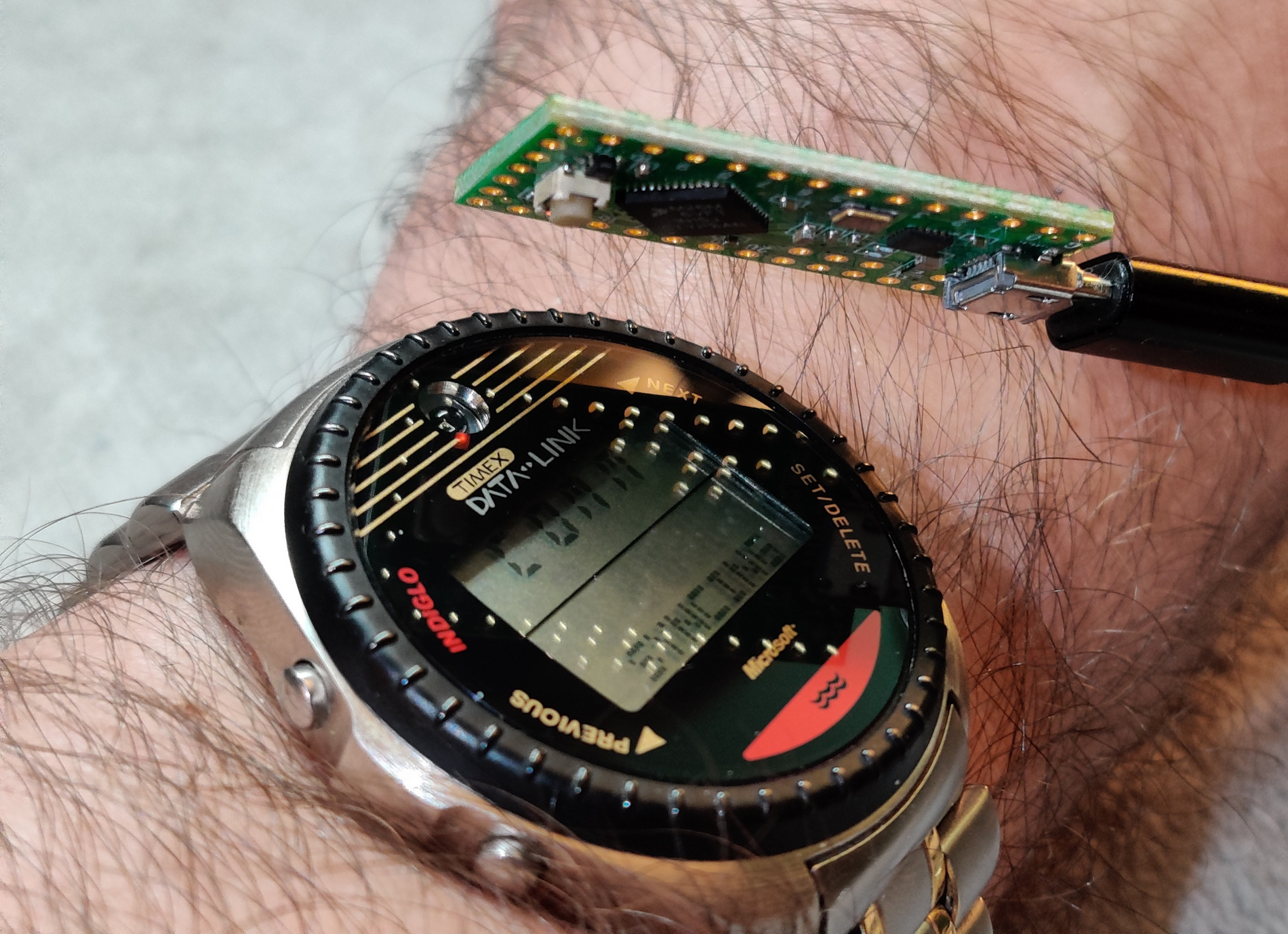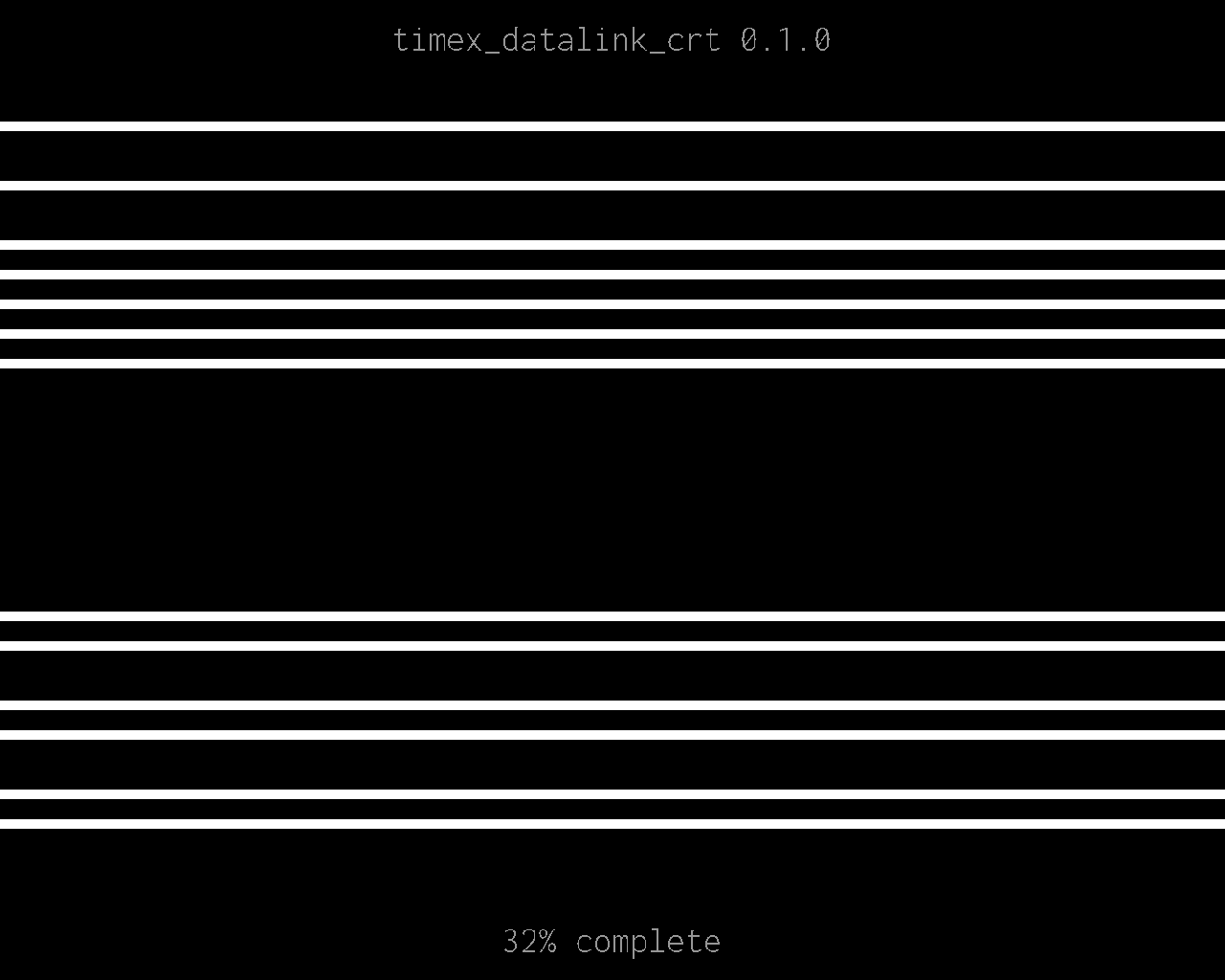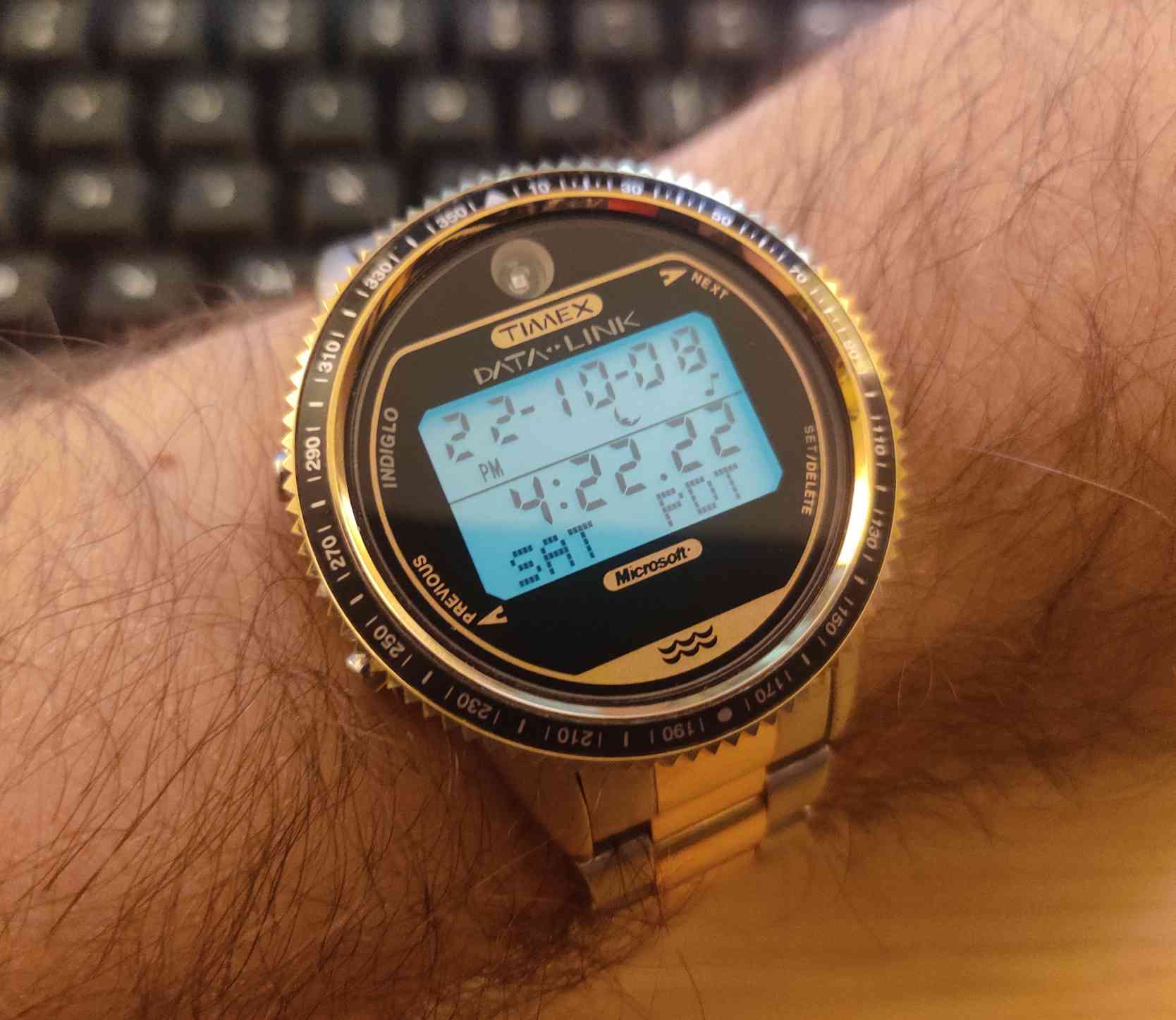Ruby
626 readers
1 users here now
A community for discussion and news about Ruby programming.
Learning Ruby?
- Try Ruby in your browser
Tools
- Ruby Version Manager (RVM) Install, manage and work with multiple Ruby environments. adsf is an increasingly popular option too.
- rbenv Groom your app’s Ruby environment with rbenv.
- Looking for new gems? ruby-toolbox
- Install Ruby on macOS
Documentation
- Ruby API or Ruby Doc
- YARD docs via rubydoc.info YARD Documentation Server
Books
- Well Grounded Rubyist
- Eloquent Ruby
- Metaprogramming Ruby
- Effective Testing with RSpec 3
- Programming Ruby 1.9: The Pragmatic Programmers’ Guide
- The Ruby Programming Language
Screencasts
News and updates
- Ruby news in a weekly email from Ruby Weekly
- 'Planet' of Ruby blogs at rubyland.news
- Ruby tweets at @RubyInside
founded 2 years ago
MODERATORS
52
53
54
55
56
57
58
59
60
61
62
63
64
65
66
67
68
69
70
71
72
73
74
75
